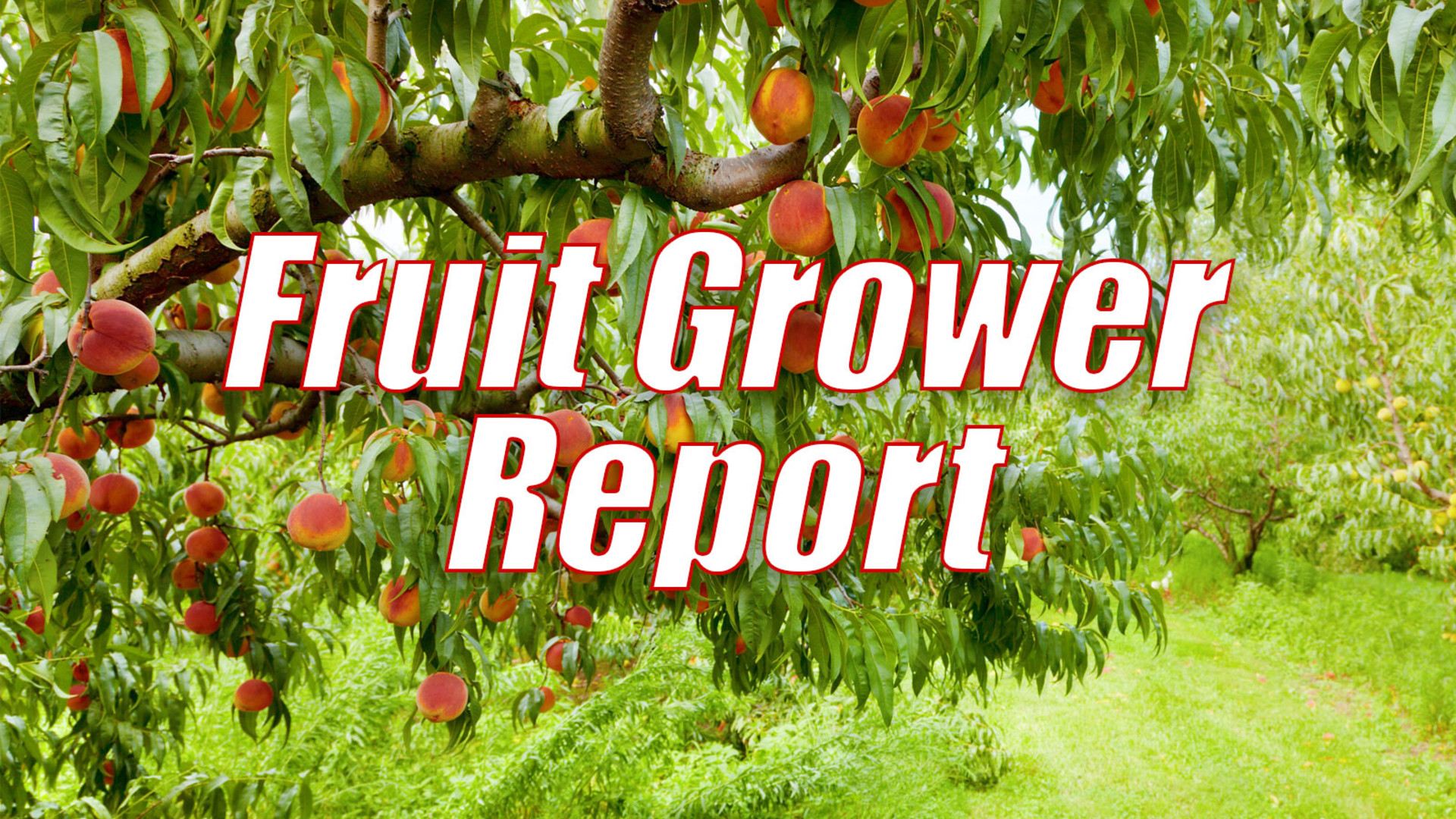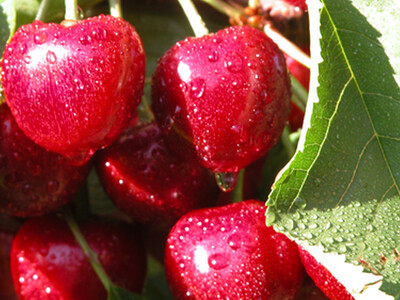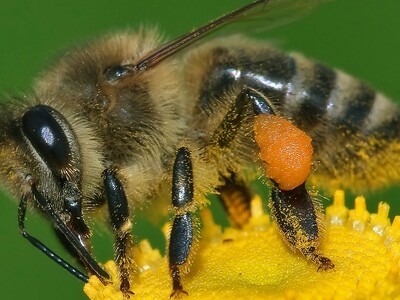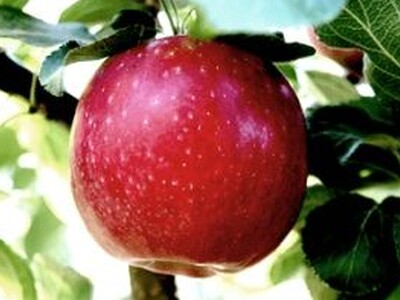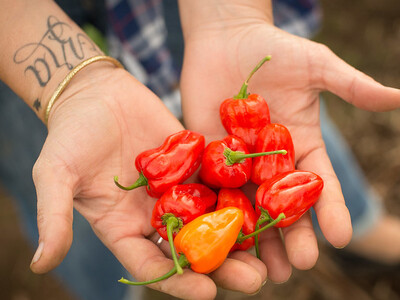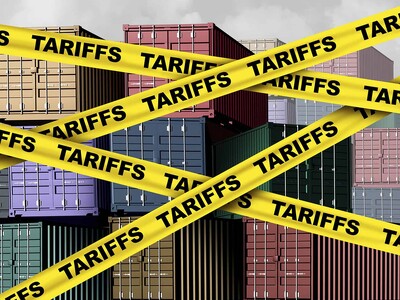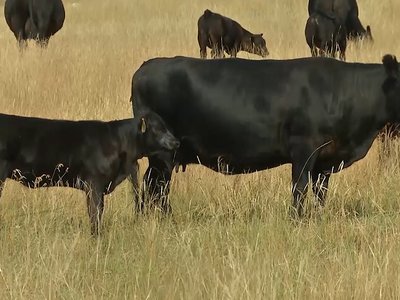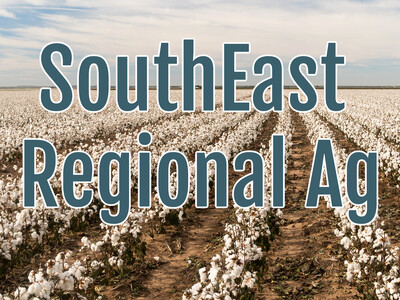Beneficial Pests
Beneficial Pests. I’m Greg Martin with today’s Fruit Grower Report.
There are a variety of beneficial insects that actually benefit our lives - according to Dr. Sonny Ramaswamy - Director of the National Institute for Food and Agriculture. The honey bee is just one example of a beneficial insect - which Ramaswamy says produces honey and pollinates crops.
RAMASWAMY: The other beneficial insects that I can think of is like a silkworm. Silkworm is a moth and the caterpillar stage of it, the worm, it creates this cocoon, the chrysalis. And that cocoon, inside of which is this pupae that’s sitting in there that’s going through this metamorphosis, this transformation from this worm into this beautiful moth with these wings on it - that cocoon is made of silk that’s produced from salivary glands. There’s the lac insect that produces shellac for example. Some people might know because we’ve used in paints, enamels and things like that. There’s another insect called the cochineal insect and produces these dyes, different kinds of dyes. In different parts of the world different insects are used as beneficial insects. Particularly when it comes to the production of dyes and various types of flavors and fragrances and things like that. Some amazing fragrances that insects produce all would be considered as beneficials.
Ramaswamy says there are also beneficial insects that are natural enemies to pest insects - critical to a farmer’s integrated pest management system.
RAMASWAMY: They’ll drill their eggs into the eggs of pest insects. In the caterpillar state they’re subjected to being affected by these natural enemy wasps.
Ramaswamy is referring to tiny wasps that feed exclusively on the nation’s top invasive pest - the Brown Marmorated Stink Bug.
That’s today’s Fruit Grower Report. I’m Greg Martin on the Ag Information Network.


